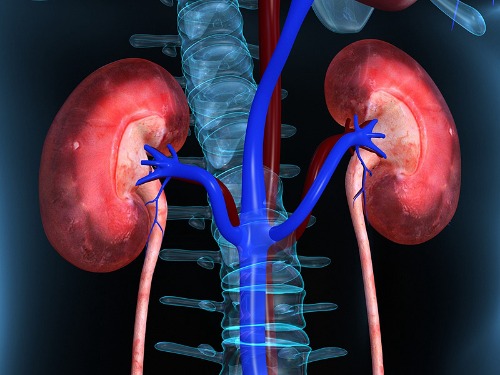The changing trends and outcomes in renal replacement therapy: data from the ERA-EDTA Registry. Maria Pippias, Kitty J. Jager, Anneke Kramer, Torbjørn Leivestad, Manuel Benítez Sánchez, Fergus J. Caskey, Frederic Collart, Cécile Couchoud, Friedo W. Dekker, Patrik Finne, Denis Fouque, James G. Heaf, Marc H. Hemmelder, Reinhard Kramar, Johan De Meester, Marlies Noordzij, Runolfur Palsson, Julio Pascual, Oscar Zurriaga, Christoph Wanner, Vianda S. Stel (Nephrology Dialysis Transplantation, Volume 31, Issue 5,
In this study it is examined the data changes over time in occurrance frequesncy of new cases, disease prevalence, median survival of patients and renal allografts, and causes of death among patients on renal replacement therapy in Europe.
Methods
The study included 18 national or regional renal registries that informed the ERA-EDTA registry between 1998 and 2011. Disease prevalence trends were studied during 2001-2011 using Jointpoint software and Pausson regression. During the years 1998-2011, the average survival time and causes of death of patients and kidney allografts were analyzed using the Kaplan-Meier method and competing risks, as well as the Cox regression method.
The results
From 2001 to 2008, the occurrence frequency of new cases of renal replacement therapy increased by 1.1% (95% CI 0.6, 1.7) with a decrease of 131 cases per million population per year (pmp). During the years 2008-2011, the occurance frequency of new cases of kidney replacement therapy decreased by 2.2% (95% CI-4.2, - 0.2) for 125 people per year (pmp). This decrease occurred mainly in patients aged 45-64, 65-74 years and in patients with the main etiology of kidney diseases such as type 1 and 2 diabetes, renovascular complications and glomerulonephritis. During 2001-2011, the total adjusted prevalence of KRT increased from 724 persons to 1032 pmp persons (+3.3% per year, 95% confidence interval 2.8, 3.8). The 5-year median survival of patients in KRT increased during 1998-2002 and 2003-2007 (0.85, 95% CI 0.84, 0.86). When comparing these time sections, a 25% (HRA 0.75, 95% EI 0.74, 0.77) reduction in the risk of death due to cardiovascular disease was found. However, the risk of death due to malignancy increased by 9% (HRA 1.09, 95% EI 1.03, 1.16) in patients aged 65 and older.
The final result
In this European study, a decrease in the frequency of new cases of KRT was determined, especially in patients aged 45-64, 65-74 years old with diabetic nephropathy. It is encouraging that the average life expectancy of patients in KRT continues to increase. The risk of death due to cardiovascular diseases has decreased, but the number of deaths due to malignant derivatives has increased (in the older generation).

